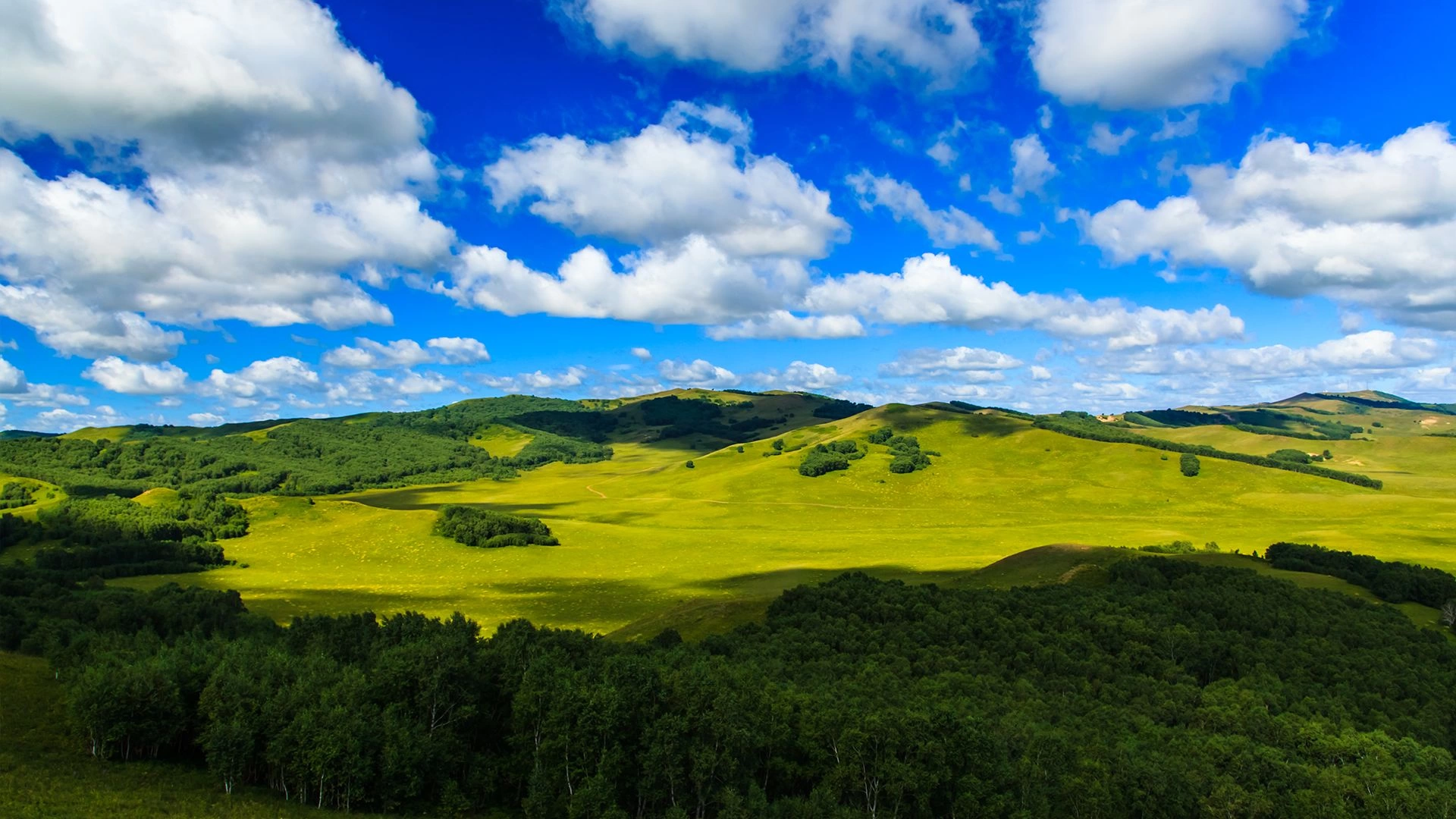
EXPLORE MONGOLIA IN 28 DAYS
This trip is one of the most attractive trips we offer for our customers.
View Details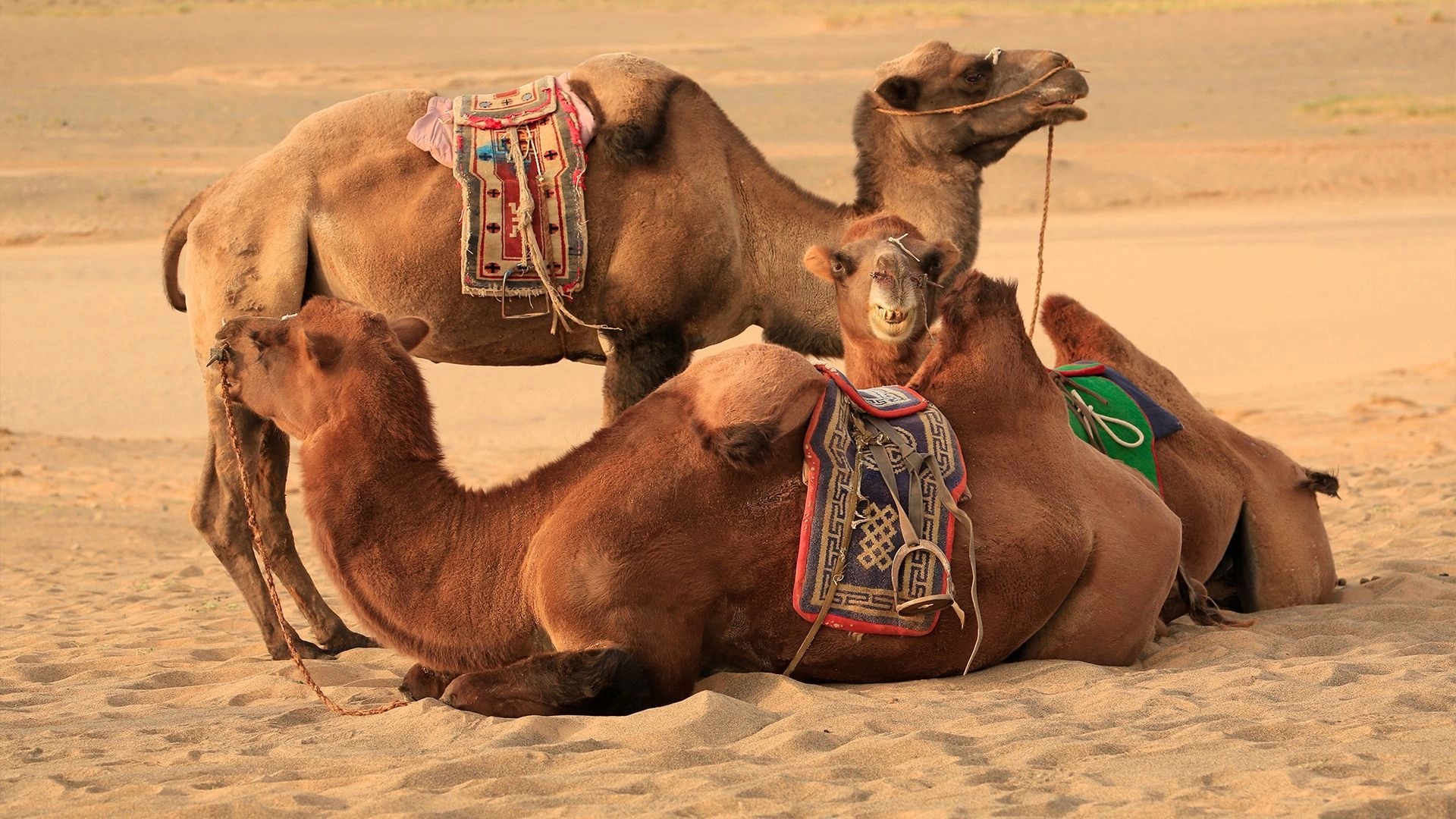
6 Pax
75$
5 Pax
80$
4 Pax
85$
3 Pax
90$
2 Pax
105$
We will start with a full day trip out to the Western Mongolia. Stay overnight at camping nearby Bayankhongor province. Accommodation: Tent or Traditional ger yurt Meals: L, D
BAYANKHONGOR PROVINCE;
Area : 116,000㎢
Location: It is located at the central Mongolia, 630km away from Ulaanbaatar City.
Climate : Average annual temperature is 0.7 degrees below zero and it is 18.4 degrees in January. and 15 degrees in July. Its average annual rainfall is 200~300㎖. The average atmospheric pressure is 812㎜hg and 808.5mmhg in January. And July respectively. The average annual wind velocity is 3.1m/s, and highest in May by 3.9m/s.
Population
Population : 85,100 (2010)
Major events
Naadam Festival (July 11 ~ 13,Every years)
After having breakfast in the morning, we will start driving to drive to the campsite we will stay there for tonight nearby. Accommodation: Tent or Traditional ger yurt Meals: L, D
Area : 142,200㎢
Location: Govi-Altai Aimag is located at western part of Mongolia. It borders the Zavhan Aimag to the north, Bayankhongor Aimag to the east, Khovd Aimag to the west and China to the south. The height is 1940m high above sea level.
Climate : The climate is capricious and the average annual temperature is 3.7 degrees January which is the coldest month, and the average temperature is 20~30 degrees below the zero, even reaches down to 50. Jul. is the hottest month, and the average temperature is 20~24 degrees, even reaches up to 40.
Population
Population : 58,400(2010)
Major events
Naadam Festival (July 11 ~ 13)
Tourist Attractions
Great Gobi Strictly Protected Area, Khasagt Khairkhan Strictly Protected Area
After having breakfast in the morning, we will start driving to drive to the campsite we will stay there for tonight nearby Khovd province. Accommodation: Tent or Traditional ger yurt Meals: L, D
KHOVD PROVINCE
Area : 76,000㎢
Location: It borders China to the west, Bayan Ulgii Aimag to the northwest, Zavkhan Aimag to the east and northeast, and Govi-Altai Aimag to the South.
Climate: The average annual rainfall is 120~140mm. The average temperature is 17~25.5 degrees below zero in January, and 16.5 degrees at July. The wind velocity is 1m/sec, and the length of spring and fall is relatively long at 120~160 days.
Population : 88,400 (2010)
Major events
Naadam Festival(July 11 ~ 13)
Tourist Attractions
Sangiin Kherem(Manchu Ruins), Ard Ayush Square
After having breakfast, we will drive to the Ulgii.
Area : 47,400㎢
Location : It borders the Shinjan-Uigur of China across the Altai Mountains to the west on 450km, Uuliin Altai of Russia across the Siilhemii Mountains to the north on 225km, Uvs Aimag to the east on 165km, and Uvs Aimag to the east on 165km, and Hovd Aimag to the southeast on 450km.
Climate : It has a continental climate and high temperature difference between day and night because it is located at the Northern Hemisphere of the earth. The annual rainfall is 102.6mm. It is cold because of its high sea level altitude. The annual rainfall of Altai Nuruu surrounded with high mountains reached up to 400~500m. It is located at a desert region while it has also a variety in temperature and ecosystem. The annual average wind velocity is 4~9m/s. The temperature ranges from 32 degrees to 30 degrees below zero.
Accommodation: Tent or Traditional ger yurt Meals: BF, L, D
After setting up, we will drive to nearby Altai Mountains. Accommodation: Tent or Traditional ger yurt Meals: BF, L, D
After breakfast, we will start to trekking to the Malchin peak, Altai mountains.
Stunning Altai Tavan Bogd National Park follows Western Mongolia's border with China and Russia, and is the greatest attraction in Western Mongolia. The Park really does have it all: beautiful valleys, alpine lakes, rivers, glaciers, and the highest peaks in Mongolia. This natural richness gives rise to a host of activities; most visitors will do some hiking or horse riding, but there are fantastic opportunities for the better equipped or ogranised to try fishing, climbing, rafting, or back country skiing. To top it all off, travelers can experience the amazing Kazakh culture and see archeological sights such as petroglyphs and burial mounds. With all these attractions, you would think the place would be crawling with tourists. Fortunately, Altai Tavan Bogd Park is still blessedly peaceful and unvisited; even in peak tourist season, traveling the most popular areas, you'll only see other tourists every few days or so. Get there before it all changes!
TAVAN BOGD MOUNTAINS
Tavan Bogd, or 'Five Saints', is so named for the five large peaks which lie right on the Western Mongolian border. The tallest of these, Khuiten Uul, is the highest mountain in Mongolia, at 4,369m (about 14,300 feet). It forms the Altai Mountains tri-border between Russia, China and Mongolia. From between these permanently snow-covered peaks tumble two spectacular glaciers. The valleys heading up toward the peaks are completely empty of people and absolutely stunning. Whether you do a day hike up or make a five day hike or horse trek up from the lakes below, you'll find Visiting these peaks to be a highlight of Western Mongolia.
To visit the Altai Tavan Bogd National park peaks by vehicle, there is one access road which heads into the park east from Ulaanhus via Zagastruur. It's a rough but very pretty drive up through the barren, rugged hills and nomad ger camps to reach the park. Also, the road from Ulaanhus contains some of the best petroglyphs (deer stones) in Mongolia, so keep a lookout as you're driving past. If you dont' have a (good!) guide, you may risk driving straight past them. Accommodation: Tents Meals: BF, L, D
Visit local Eagle Hunter's Family. Get to know the Eagle, learn how the Eagle Hunter trains the Eagle.Camping nearby for tonight. Accommodation: Traditional yurt ger or Tent Meals: BF, L, D
We will set out early in the morning to drive to Khyargas Lake. The next stop on our trek is Khyargas Lake in Uvs province. It is one of the largest and most beautiful lakes in Mongolia. It covers 1.406 square kilometers and is 75 kilometers long, 31 kilometers wide and 80 meters deep. The water is brackish and has rare fish such as the Mongolian Grayling. We will rest to enjoy the scenery and stay overnight near the lake at a ger camp.
Accommodation: Nomadic family or camp in Tent Meals: BF, L, D
On today,we will have staying nearby Tsetserleg, Khuvsgul province by camping at beautiful nature on the way to Khuvsgul lake. Accommodation: Tent or Traditional ger yurt Meals: BF, L, D
Khuvsgul Lake is located in the northwest of Mongolia near the border to Russia, at the foot of the eastern Sayan Mountains. It is 1,645 m above sea level, 136 km long and 262 m deep. It is the second-most voluminous freshwater lake in Asia, and holds almost 70% of Mongolia's fresh water and 0.4% of all the fresh water in the world. Its watershed is relatively small, and it only has small tributaries. It gets drained at the south end by the Egiin Gol, which connects to the Selenge and ultimately into Lake Baikal. In between, the water travels a distance of more than 1,000 km, and a height difference of 1,169 m, although the line-of-sight distance is only about 200 km. Its location in northern Mongolia helps form the southern border of the great Siberian taiga forest, of which the dominant tree is the Siberian Larch. The lake is surrounded by several mountain ranges. The highest mountain is the Burenkhaan / Munkh Saridag (3,492 m), which has its peak north of the lake exactly on the Russian-Mongolian border. The surface of the lake freezes over completely in winter. It's inhabited by nine species of fish including the Siberian grayling, sturgeon and lenok and the area is rich with various species of flora and fauna. And the area is home to argali sheep, ibex, bear, sable, moose and wolves. The region hosts three separate, unique peoples: Darkhad, Buriat and Tsaatan. Shamanism, rather than Buddhism, is the religion of choice in these parts.
Accommodation: Tent or Traditional ger yurt Meals: BF, L, D
Today, we will drive to the Uran togoo volcanic mountain, nearby Khutag-Undur. After hiking to the Urantogoo mountain, we will have overnight at Ikh bulag mineral spring by camping.
Accommodation: Tent or Traditional ger yurt Meals: BF, L, D
Amarbayasgalant Monastery, whose name means ”monastery of the quiet felicity”, is located near the Selenge River, at the foot of Mount Burenkhan. It’s one of the three largest monasteries of Mongolia. The Manchu emperor Enkh Amgalan Khan built the monastery in the 18th century, in memory of the first Bogd Gegeen, Zanabazar, in order to keep and preserve his mortal remains. The construction began in 1727 and completed in 1737. 1200 langs (= 3730 kilograms or 8223 pounds) of silver coming from the state coffers were used to build this sumptuous monastery. The emperor personally wrote in four languages (Mongolian, Tibetan, Manchu and Chinese) a message symbolizing his protection and his control. This was written on a sign suspended in the entrance of the main temple. It’s one of the rare monasteries that have partly avoided the destruction of 1937 by the Soviets. The buildings of the main part were spared and the thangkas, the statues and the manuscripts were looted. All the lamas in charge of the place were executed and the monastery has been neglected for 50 years. Since 1998, the lamas have been restoring the monastery and new statues have been ordered in New Delhi, India.
This monastery shows a real archaeological unity. The style is generally Chinese, with Mongolian and Tibetan influences. The place is symmetrical and the main buildings follow each other along a North-South axis ; the other buildings are located on parallel lateral axis.
Today you can see 28 constructions, notably a two-storeyed temple covering an area of 32 square metres (344 square feet) and open for the ceremonies. This remarkable 300-years old construction proudly stands.
Accommodation: Tent or Traditional ger yurt Meals: BF, L, D
After setting up at the family ger camp, will drive back to Ulaanbaatar. When we arrive to Ulaanbaatar, we will be transferred to a hostel or hotel for tonight. (BF,L)

Ipsum autem culpa in est. Dolorem sit in eius ex. Quo nobis porro eligendi voluptatem illum. Ad ullam qui officia officiis autem illo. Non optio porro enim eligendi delectus est ab cupiditate. Ut odit tempora necessitatibus sit.
Quam voluptate aut iure et doloremque dolorum et harum. Occaecati veniam itaque minima et qui. Doloremque totam distinctio odio asperiores amet voluptatibus minus. Voluptatem necessitatibus totam sit dolorem accusamus.
Animi esse impedit cum voluptate repellat. Rem voluptatem velit omnis nostrum. Eum ut dolorem quod. Recusandae ipsam eos animi. Impedit minus omnis odio. Sunt dolorem id perspiciatis rerum quia velit. Molestiae nam eum excepturi repellendus sapiente.
Consequatur enim cupiditate ut quos ipsum aliquam. Quibusdam accusantium cupiditate recusandae cupiditate necessitatibus officiis. Temporibus excepturi illo nobis libero accusamus consequatur velit sequi. Dolor quas consequatur alias totam laudantium id. Suscipit repellat id praesentium doloribus qui eum consequuntur.

This trip is one of the most attractive trips we offer for our customers.
View Details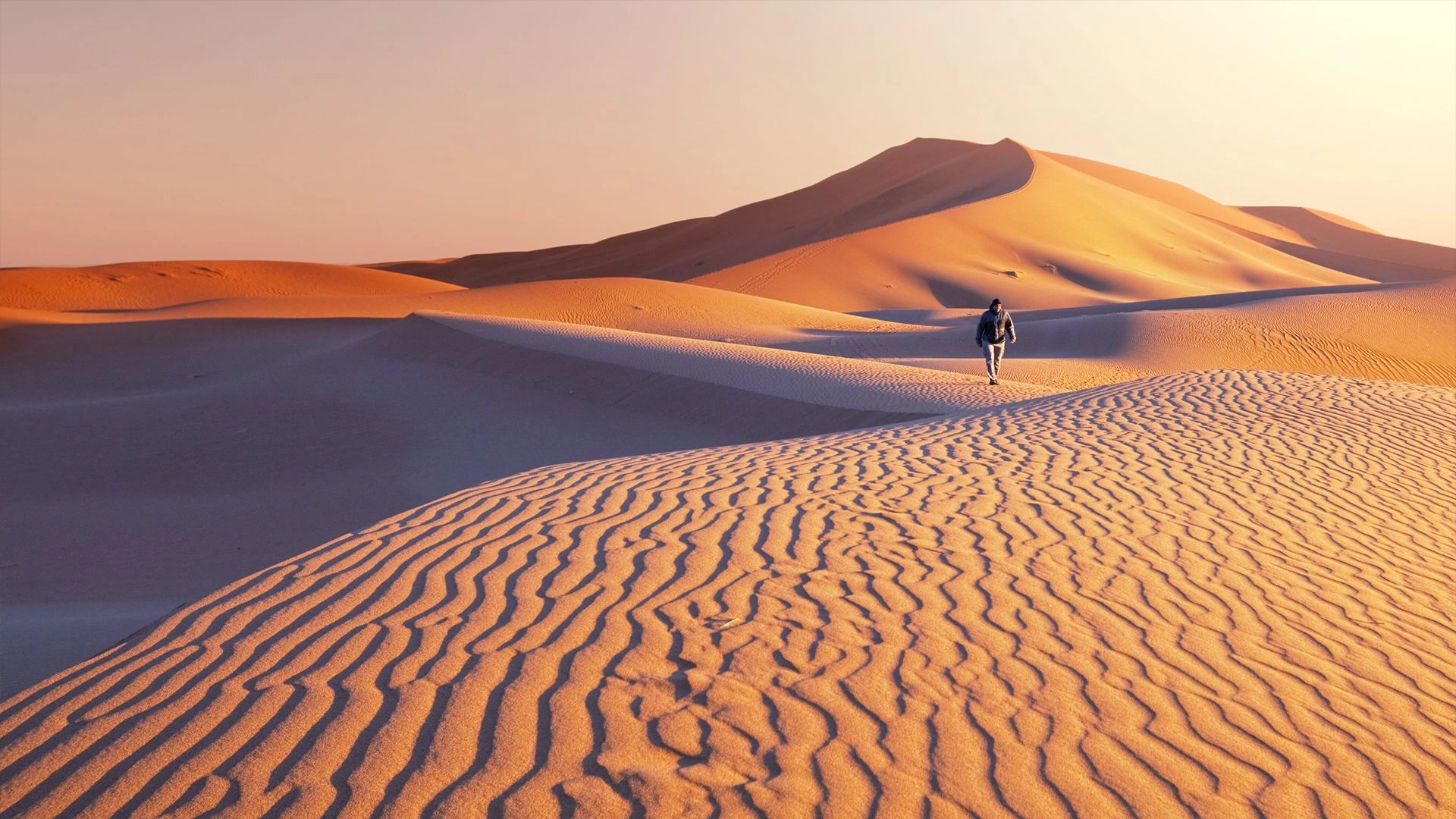
This trip is one of the most attractive trips we offer for our customers.
View Details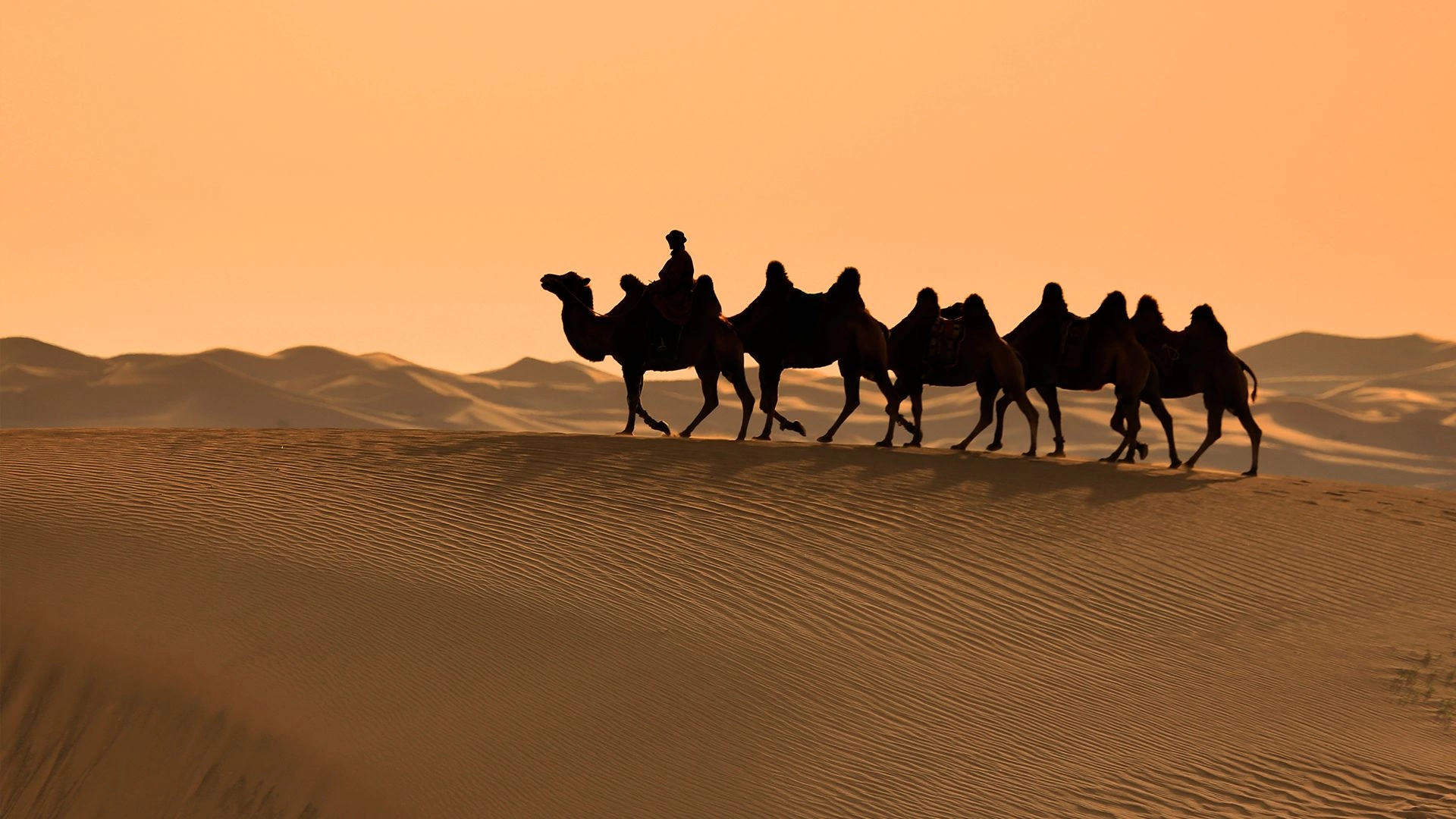
This trip is one of the most attractive trips we offer for our customers.
View Details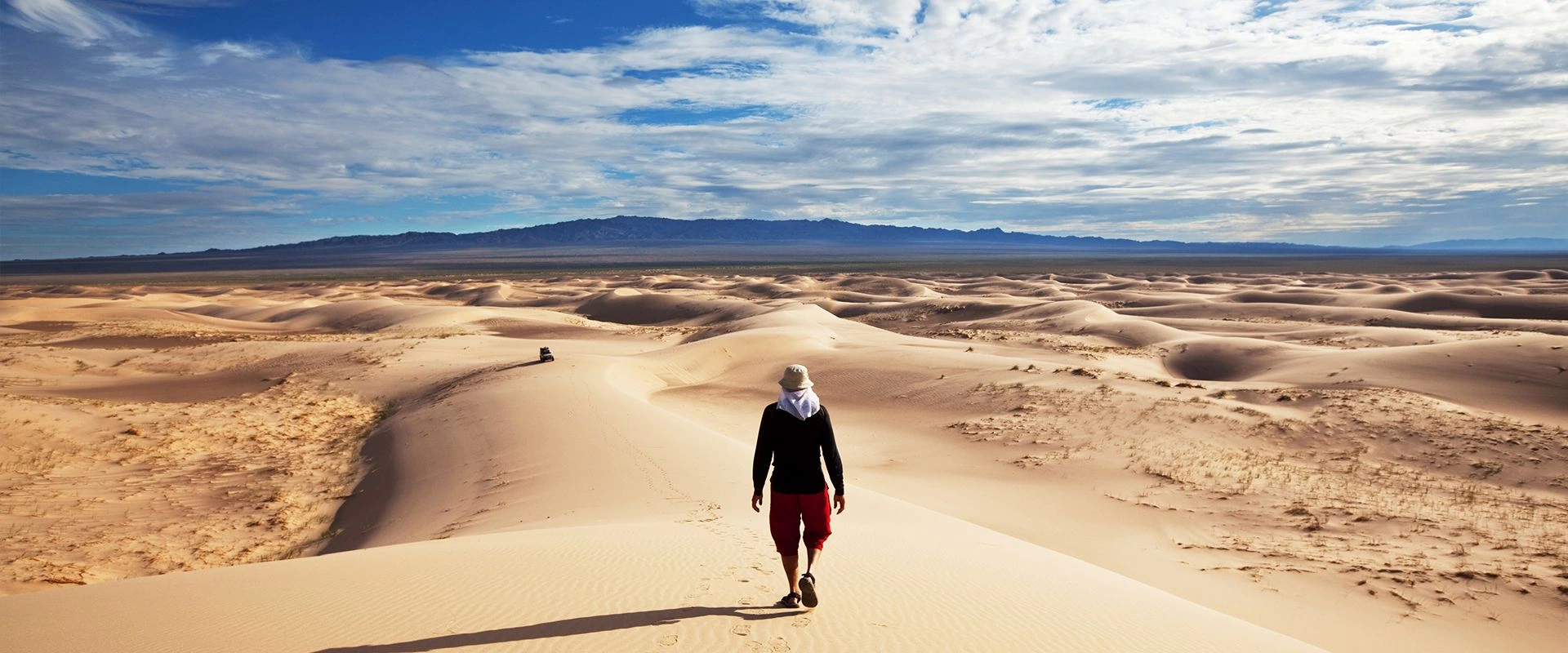
This trip is one of the most attractive trips we offer for our customers.
View Details
This trip is one of the most attractive trips we offer for our customers.
View Details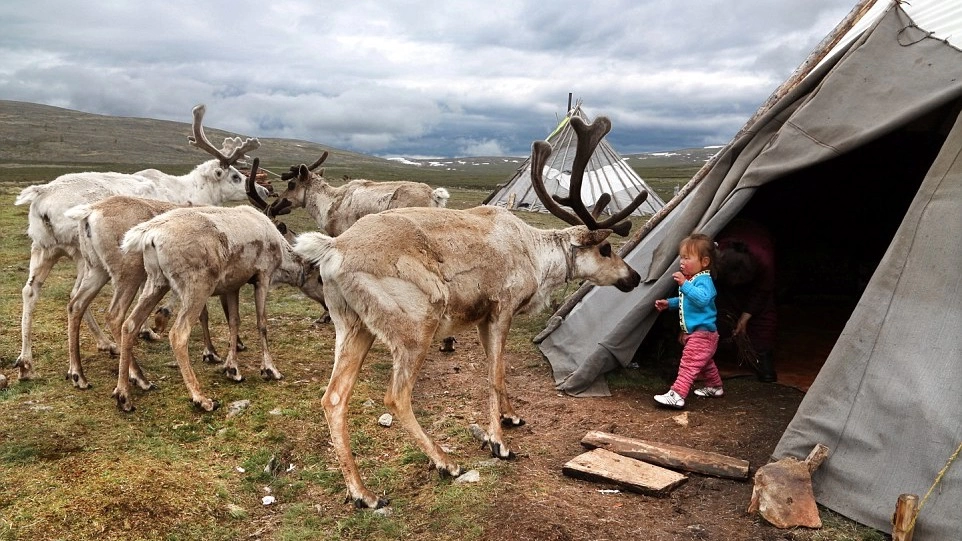
This trip is one of the most attractive trips we offer for our customers.
View Details